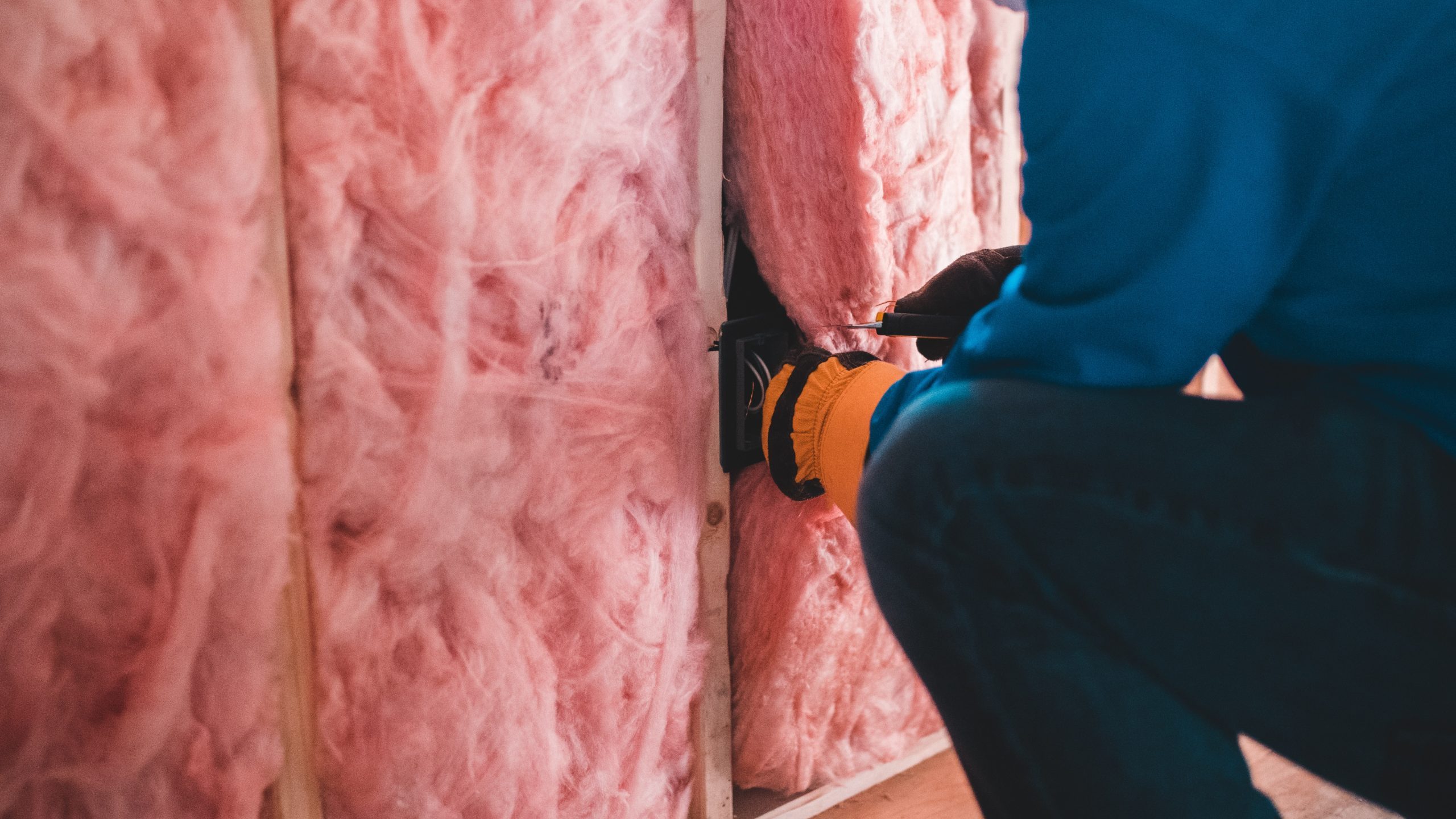
Policy Solution
Weatherization
Funding and Financing

Summary
Weatherization protects a building and its interior from natural elements including sunlight and associated heat by cleaning, repairing, replacing mechanical systems and components, building shell materials, and electrical and water appliances.
Implementation
Provide financial assistance to eligible households to weatherize their homes through grants or reimbursements.
Considerations for Use
This intervention can be piloted with an initial amount of funding to build government and workforce capacity. Older and less-maintained buildings benefit greatly from weatherization upgrades. Low-income residents can also benefit from lower energy bills as a result of weatherization.
Overview
Climate:
Cold, Hot/Dry, Hot/Humid, TemperatePolicy Levers:
Funding and FinancingThe allocation of public or philanthropic funding or private financing to implement projects, including risk transfer mechanisms.Trigger Points:
City planning processesIncludes city initiatives such as the development of climate action plan, pathway to zero-energy, master plan, transit plan, energy mapping etc.Intervention Types:
Buildings and Built FormSectors:
Buildings, Informal Settlements
Case Studies
Impact
Target Beneficiaries:
Heat-vulnerable communities, Property owners, ResidentsPhase of Impact:
Risk reduction and mitigationMetrics:
Energy savings
Implementation
Intervention Scale:
City, Nation, Region, State/ProvinceAuthority and Governance:
City government, National government, State/provincial governmentImplementation Timeline:
Medium-term (3-9 Years)Implementation Stakeholders:
City government, Property owners and managersFunding Sources:
Public investmentCapacity to Act:
High, MediumBenefits
Cost-Benefit:
MediumPublic Good:
MediumGHG Reduction:
HighCo-benefits (Climate/Environmental):
Reduce greenhouse gas emissionsCo-benefits (Social/Economic):
Increase property values, Save on utilities
